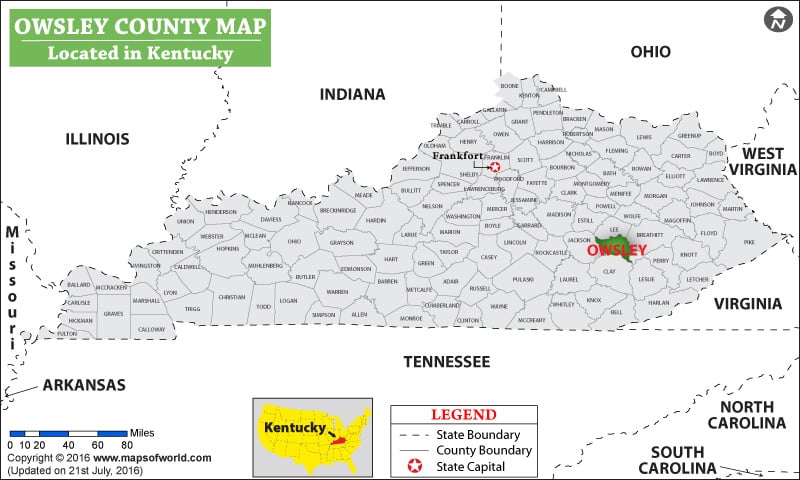As I continue my exploration of local Civil War soldiers and their stories, I’m adding another project, one that combines the Civil War with another interest I’ve had for quite a while - genealogy.
I have made a few posts over the years about family members in the war and even have a separate page with some of these names and information on it, but this new undertaking involves a perspective I never expected to find.
A few months ago, I wrote about Richard Stamper, a distant relative of mine from so long ago. He was a private in company D of the 7th Kentucky Infantry and died on January 8, 1863, from wounds received at the Battle of Chickasaw Bayou late in December of 1862. He was the first member of my family that I knew had served and perished in the war, so this was a sad but fascinating discovery.
The same cousin who informed me of his story later obtained the pension records of Richard's father Joel. These records include letters home from Richard to Joel as well as a couple from Edward P. Turner, Richard's brother-in-law and a member of the same company. My guess is that the letters were in the same file since they were sent to Joel Stamper back in Owsley County in eastern Kentucky. Joel was also Edward's father-in-law, as Edward had married his daughter (Richard's sister) Delitha, aka Lida.
 |
| Location of Owsley County |
Like Richard, Edward also died during the war, passing away due to typhoid fever on April 9,1862, at Cumberland Ford, Ky.
As I did not know of any ancestors who had died during the Civil War, so did I also not have any letters or other similar writings from any of my many family members of the past, Civil War veterans or not - no letter collections, diaries, or anything like that. That this one case involves both makes it a treasure of sorts, at least to me.
Some of the letters have standard dates, headings, and greetings, as well as signatures or notations from the sender. Others, however, do not, and this causes some confusion as some letters were longer than one page. I am working on these, trying to figure out which pages belong with which others, at least as accurately as I can. It seems that some pages are simply gone, not part of this file, including the one I thought may have been the most interesting. I'm still hoping to match up some of these pages to others, but that seems unlikely. I may need to publish some pages as "unknown date and place” or “incomplete,” as it appears that much of this collection is a mishmash of pages from various letters. Oh well. This is still fascinating.
Most that have headings are from southeast Kentucky or northeast Tennessee in late 1861 through mid-1862. I believe all were from that region and time. It’s not exactly the midst of the most famous campaigns of the war, but the Union did gain some success in this area during and just after the timeframe of these letters.
These letters generally ask how family at home is doing and state how the soldiers wish to see friendly faces again. Actual military talk is uncommon, but there are a few brief discussions on such topics.
That’s kind of where I am starting on this, along with trying to read the writing and understand the wording. The authors used phonetic spelling at times, but it is not always clear what the writer meant. Sometimes, though, the meaning is perfectly clear, and I think I can hear relatives I’ve known talking with the accent some of these unique spellings represent. Much of my maternal family - both sides - come from Breathitt County and the surrounding area, such as Owsley County, where farming was the most common way to make a living, one which I believe most of my ancestors there likely held, so I suspect Richard and Edward are fair, or at least reasonable, representatives of my direct ancestors of the time in terms of how they spoke and the language they used. It may be a door into my past, the kind that does not show up on enlistment forms, census records, obituaries or any such common genealogical documents. This is different. It's special.
I must say it’s hard for me to read these “few lines” - a common phrase in these letters - without trying to vocalize them in my head, especially the word “hant.”
I find it really cool that a couple of these letters are on patriotic letterhead. They do not change the message in the letters but certainly are a nice detail. I wonder if Richard got stationery from sutlers near camp or if he received it from home.
 |
| One example of the stationery. |
There is truly a level of personal interest in this work that goes beyond my other research and writing. I am anxious to dig more into it and to share these writings and the stories they tell. I’m undecided if I will correct the spellings or just post them as written. I think making the corrections will make them easier to understand, so I’m leaning that direction, but the authenticity of how they spelled out their thoughts is something I appreciate as well. I’m sure I’ll figure it out eventually, perhaps not consistently from post-to-post, or even sentence-to-sentence, so this might be a challenge. I also don’t know how soon I’ll finish it. I want to enjoy this and not rush through it. I'm not really sure how quickly or slowly this will go.











